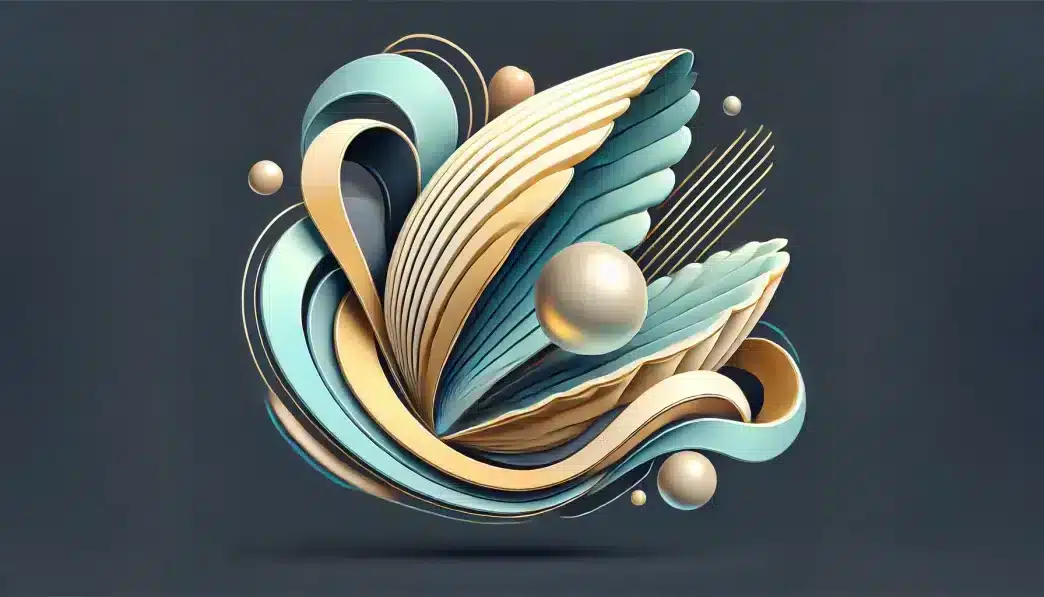What is National Clams on the Half Shell Day?
National Clams on the Half Shell Day is observed annually on March 31 in the United States to celebrate the enjoyment of clams served on the half shell. The day highlights the culinary tradition of eating clams raw, steamed, or broiled directly in their shells. Clams have been a staple in coastal cuisines for centuries, particularly in regions along the Atlantic Ocean and the Gulf Coast. This observance encourages seafood lovers to appreciate the flavors and textures of fresh clams while also recognizing their cultural significance in American and international cuisine.
History and origin
The exact origins of National Clams on the Half Shell Day are unclear, but clams have played an essential role in seafood traditions for generations. As bivalve mollusks, clams have been harvested by coastal communities worldwide, with over 150 edible species found in freshwater and marine environments. The practice of serving clams on the half shell is particularly popular in New England, where raw bar culture has long been a part of local dining traditions.
Dishes like clams casino, which originated in Rhode Island in 1917, demonstrate the creativity and long-standing appreciation of clams in American cuisine. Many seafood festivals and restaurants embrace the day by offering special dishes and promotions, encouraging more people to experience the delicate, briny flavor of fresh clams.
Who observes National Clams on the Half Shell Day?
- seafood enthusiasts who enjoy raw, steamed, or broiled clams
- restaurants and chefs specializing in fresh seafood dishes
- coastal communities with a rich tradition of clam harvesting
- culinary schools and students exploring shellfish preparation techniques
- food bloggers and influencers sharing recipes and experiences with clams
Slogans and themes
National Clams on the Half Shell Day celebrates seafood traditions, fresh flavors, and coastal heritage. The observance highlights the simplicity and elegance of serving clams in their shells, honoring both traditional and modern preparations. Common phrases associated with the day include savor the sea’s bounty, celebrate coastal flavors, and fresh from the shell. The event encourages both long-time seafood lovers and newcomers to explore the variety of ways clams can be enjoyed.
Colors, symbols, and patterns
Colors
- ocean blue, representing the marine environment where clams are found
- pearl white, symbolizing the smooth interior of clam shells
- sandy beige, reflecting the coastal shores where clams are harvested
Symbols
- clam shells, emphasizing the traditional half-shell presentation
- lemon wedges, a common garnish for raw clams
- seafood forks, often used to extract clams from their shells
Patterns
- wave motifs, evoking the ocean and seafood culture
- shell textures, mimicking the rough, ridged surfaces of clams
- nautical themes, incorporating elements like anchors and ropes
Most used hashtags
- #clamshalfshellday
- #seafoodlovers
- #freshclams
- #shellfishcelebration
- #culinarytradition
How to observe National Clams on the Half Shell Day
- visit a seafood restaurant and order clams on the half shell to experience the traditional preparation
- purchase fresh clams from a local fish market and try preparing them at home
- learn how to shuck clams properly through online tutorials or cooking classes
- share photos and recipes of clam dishes on social media to celebrate the occasion
- explore the history of clams in different culinary traditions and discover new ways to enjoy them
Why is National Clams on the Half Shell Day important?
National Clams on the Half Shell Day highlights the role of clams in coastal cuisine and seafood culture. The observance promotes the appreciation of fresh, sustainable seafood while supporting local fisheries and seafood markets. By celebrating this day, people can connect with culinary traditions, explore new flavors, and enjoy a dish that has been part of human diets for centuries.
Features
March 31: Clam on the Half Shell Day (United States)
Why do you keep falling for the same type?
Read the article Lovemaps: the hidden blueprint of our love.

